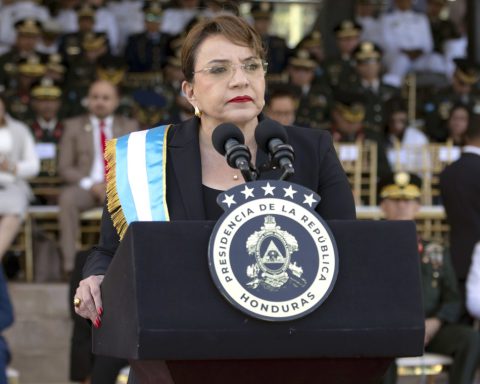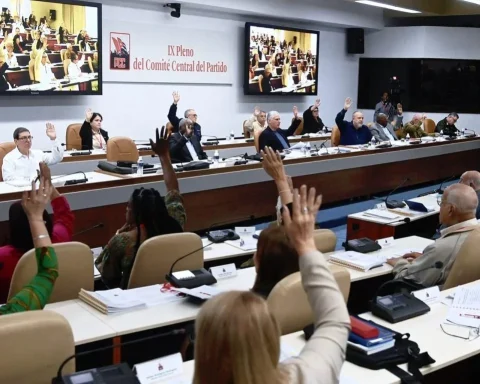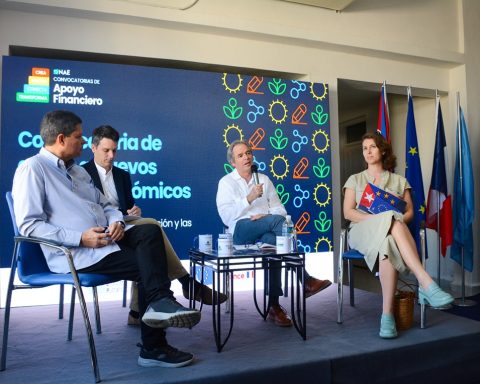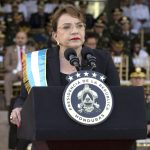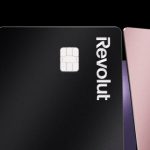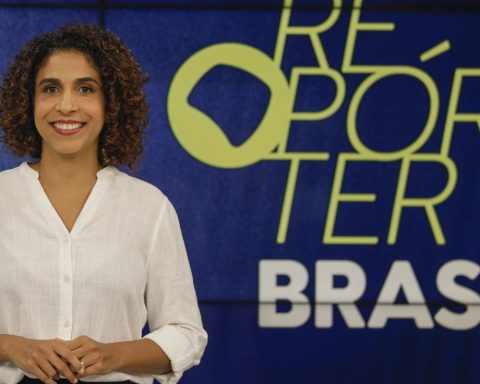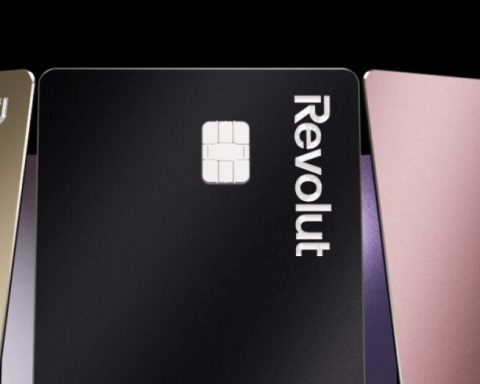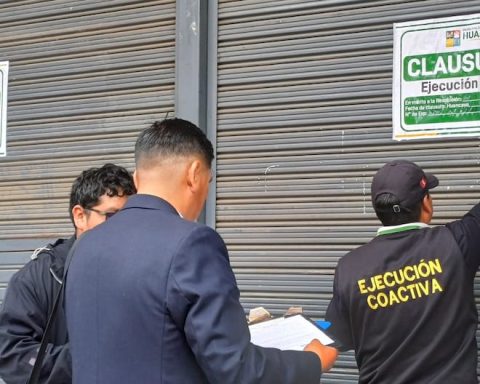MIAMI, United States. — The Cuban regime already has an official account in social networks. This was reported this Thursday by official media on the island.
“With the purpose of strengthening communication with the citizenry, the Cuban government today opened its official accounts on Twitter, Facebook and YouTube,” highlights one note appeared in the state press.
The statement indicates that “in line with article 4 of Law 134/2020 of the Council of Ministers, these spaces meet the obligation of the Cuban Government, as the highest executive and administrative body, to respond to the people, maintain close ties with this and submit to his control.
“We are the official profile of the Government of the Republic of Cuba, public servants in communication with our people,” says the first publication of the @gobiernocuba account in Twitter.
Good morning Cubans and Cubans ?!
We are the official profile of the Government of the Republic of #Cuba ??, public servants in communication? with our people. pic.twitter.com/24plbQ65Pw— Government Cuba ?? (@GobiernoCuba) June 1, 2023
The information adds that “the website of the Presidency and Government of Cuba, available since February 24, 2019, constitutes another direct information channel between the people and their leaders” and will remain active.
In recent years, the Cuban regime has launched into social networks, where most of the main leaders have an official account, including the ruler Miguel Díaz-Canel.
However, the reception on social networks of the members of the higher-ups of the Cuban regime has not been the best, as shown by the reactions of thousands of Cubans inside and outside the island, who criticize the management of Castroism and denounce the crisis in which the people live.
The accounts of the main leaders of the Cuban dictatorship usually receive the support of cyberclair networksamong them is #DeZurdaTeam.
In January of this year, a CubaNet team tested the followers of Miguel Díaz-Canel Bermúdez’s Twitter account, which then had some 723,000 followers.
Of one hundred accounts randomly analyzed by the application, Botomer —a tool created by the Observatory of Social Networks (OSoMe) of the School of Media and the Institute of Network Sciences (IUNI) at the University of Indiana (United States) capable of checking activity on a Twitter account and calculating a score to see if its admin is a bot or a person—about 10 percent looked real, with a Botometer score of 0.4. The others were classified as bots, with a result of almost five points. Within this group, the program detected recently created or inactive accounts.
